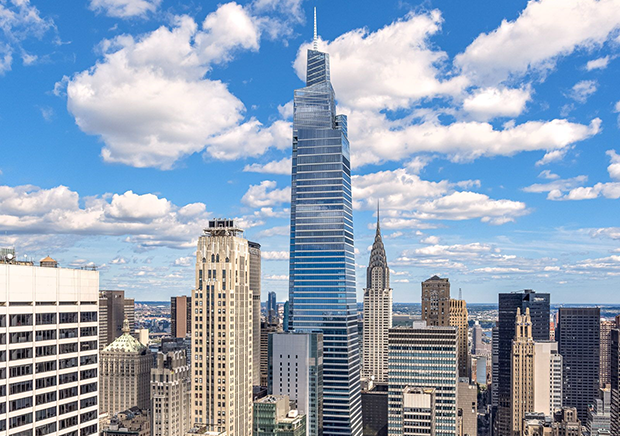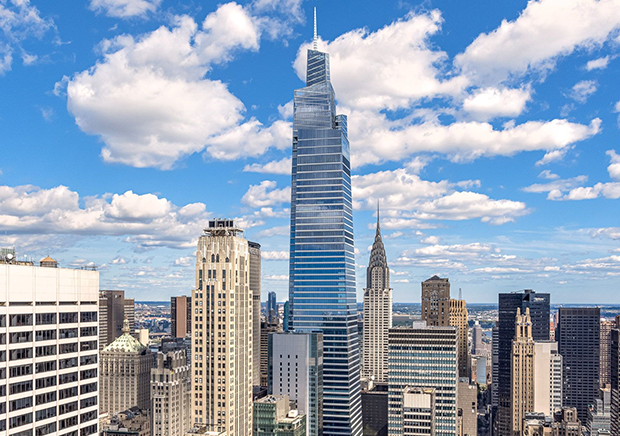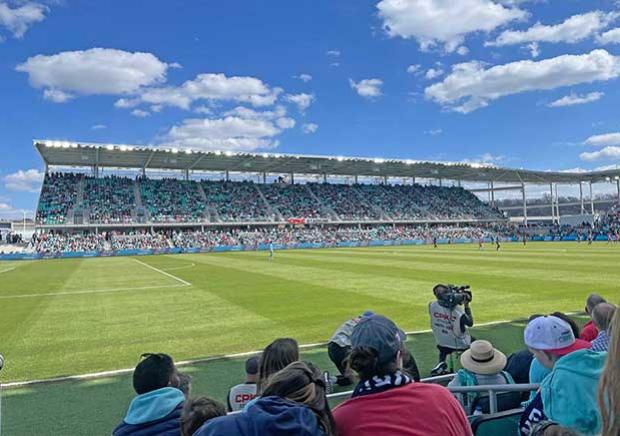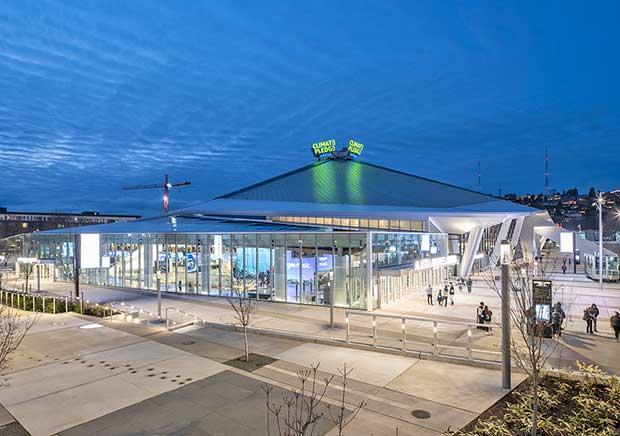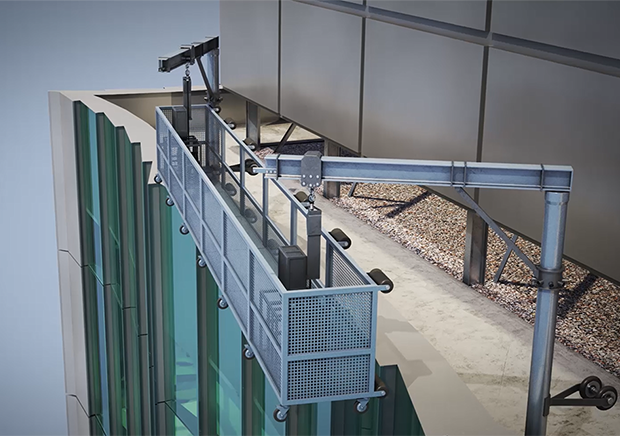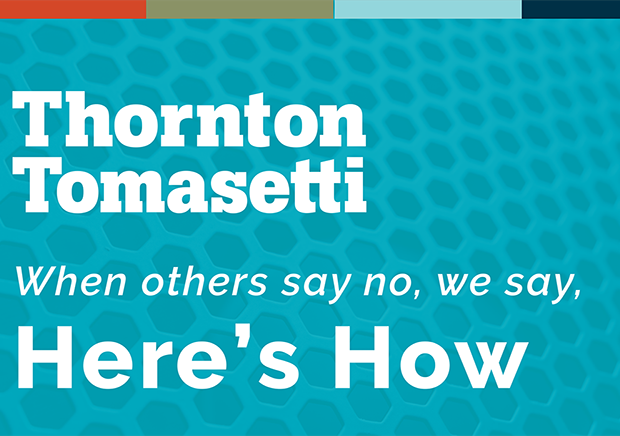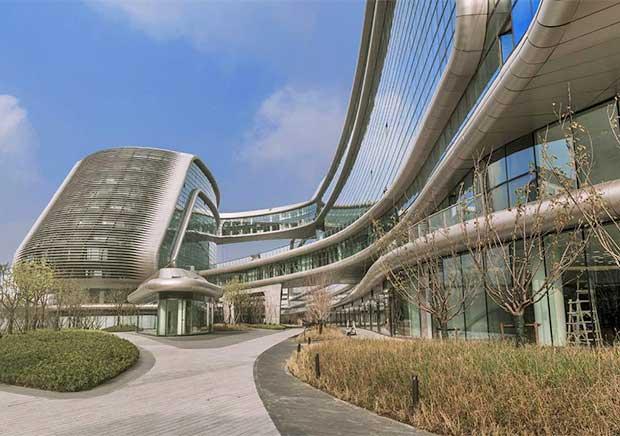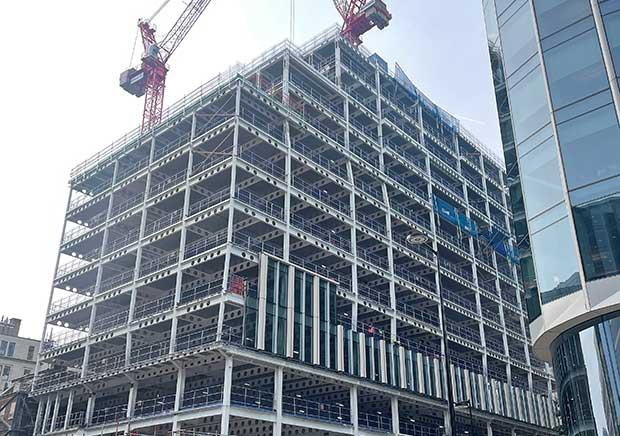News & Resources
Featured
AP: New York City’s skyscrapers are built to withstand most earthquakesApril 09, 2024
While last Friday’s 4.8 magnitude earthquake left many in the metro New York area shaken, it had a negligible effect on the city’s skyscrapers.
Explore our News & Resources
AP: New York City’s skyscrapers are built to withstand most earthquakes
April 09, 2024
While last Friday’s 4.8 magnitude earthquake left many in the metro New York area shaken, it had a negligible effect on the city’s skyscrapers.
CPKC Stadium Opens
March 22, 2024
It was a day of firsts this past week for the KC Current when the women’s soccer team took the first touch of its season at the first game held in CPKC Stadium, the first-ever in the world to be purpose-built for professional women’s sports.
Structure Magazine: Preserving a Landmark
March 21, 2024
The total transformation of the venue serves as a structural engineering benchmark for existing building renovations in high seismic zones and demonstrates what can be accomplished with modern design and analysis techniques.
Designing Roof Rigging for Suspension Maintenance Platforms
March 13, 2024
Understanding the requirements of davit arms and suspension maintenance platforms is paramount to designing functional façade access equipment programs.
New Embodied Carbon Podcast Series
March 01, 2024
With the built environment responsible for more than 40% of global annual CO2 emissions through embodied carbon and operations, our Here’s How Embodied Carbon podcast series focuses on our progress, current challenges and the opportunities ahead.
USGlass Magazine: Beyond Straight Lines
February 16, 2024
Vice President Tyler Tucker offers insight about parametric software’s ability to manipulate the parameters of façade design and its impact on the performance of glass curtainwalls.
Decarbonizing the AEC Value Chain
February 15, 2024
In a panel session hosted in our New York headquarters, experts from building design, development and material manufacturing talked about where we are today and what it will take for us to get to net zero.
New Steel Construction: Steel Provides Excellent Solution
February 13, 2024
Constructed on the existing foundations of a building half its size, Stonecutter Court in the City of London emphasizes sustainability and modern office design with flexible space for a hybrid workforce

